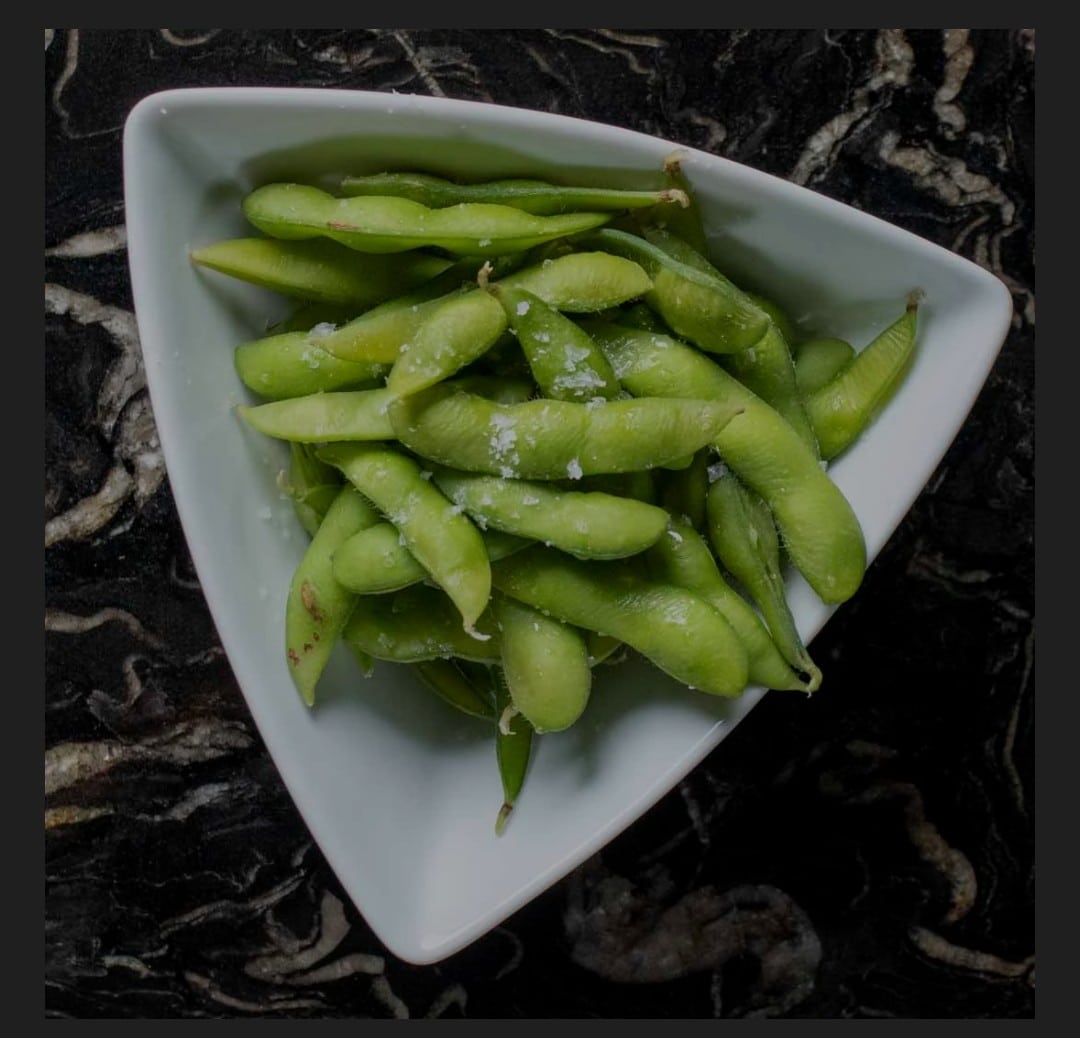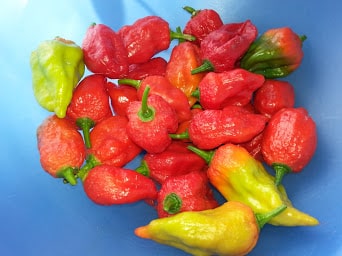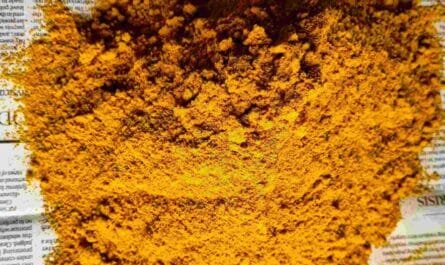A very distinct childhood memory I have is sitting curled up in a corner with a book and a large bowl of boiled tur. The tur as I remember it was cold, salty and utterly delicious. All I knew back then, was that it was a delicious snack and looked forward to the times my mum would boil up a batch. I must admit, I had no clue or interest in what I was eating.
The tur pods were boiled in a large pot of aggressively salted water, then drained and refrigerated till ‘snack-time’. The joy of getting those cold, wet, salty brown pods in my mouth, using my teeth to strip the tiny beans and discarding the pods was indescribable. The salt would linger on my tongue and before I knew it, I would reach for yet another and another tur till I had worked my way through the bowl. My book would lie neglected as eating this tur was messy and wet work. My hands would be wet, the salt water would occasionally drip down my chin and a large pile of discarded pods would eventually overflow from the bowl.
In my head, there was no connection between this occasional snack and the tur daal we had with our meals several times a week. How could there be? They were chalk and cheese!
With the introduction of processed food, ready-made snacks, more options and more disposable income, boiled tur was made less frequently at home and over time disappeared from our snack menu.
Fast forward thirty years, and all of the sudden, the world discovered the joys of steamed edamame. It became the trendiest dish of the ‘cool set’ and became the de rigueur appetizer at every Asian restaurant. At a Japanese restaurant several years ago, I remember telling Mr Stonethrower how similar steamed edamame was to the boiled tur we used to eat as kids. But that was pretty much it.
Like you, I continued ordering edamame at restaurants, even though Mr Stonethrower could never see the point of it.

The years rolled by and in March 2021, Two Bandra Girls bought a Farm.
At some stage in our planting frenzy, Farm Manager M told us he was planting some tur as the plant grew rapidly, was very hardy, was a very good nitrogen fixer, improved soil fertility and reduced fallow time. We nodded in agreement and with all our focus on our rice, soon forgot about it.
Then, a few months ago we saw the tur plant blooming with pink flowers and hundreds of pretty green pods dangling all over the fast-growing shrub. Farm Manager M told us the tender pods were usually boiled and eaten. That’s when the penny dropped! This was the tur I ate by the bowlful as a child.
The plant, as many of you may have guessed by now, is the pigeon pea, toor or arhar that is used to make your daily daal. The tender pods are used as a vegetable or in my case as a delicious boiled snack. And when the pods dry, the split, dried seeds are used as a lentil.
Over several farm visits, we harvested baskets full of tender tur and I rekindled the joy of eating boiled tur.
This got me thinking. Why hasn’t some smart restaurateur jumped onto the boiled tur bandwagon? Tur grows abundantly across India. India is a principal pigeon pea-growing country contributing nearly 90% of the total world production. It is widely consumed all across India. It is seriously inexpensive – 1kg tur pods retail at about Rs 125/-! In contrast, a portion of steamed edamame in a Mumbai restaurant costs anywhere between Rs 500 – Rs 800. Not a prohibitive amount, but sort of silly for maybe twenty edamame pods that have been steamed and salted. Although, when the famous Wasabi at the Taj, Mumbai charges Rs 1600/- for a portion of steamed edamame, I think it’s prohibitive and downright rapacious!
And the health benefits of tur are truly incredible. A quick online search reveals that tur or pigeon peas are a rich source of protein, dietary fibre, thiamine, magnesium, phosphorous, potassium, copper and manganese. Tur also provides an adequate amount of iron and selenium. Potassium is the main mineral in pigeon peas that acts as a vasodilator and reduces blood pressure. And if that weren’t enough, in Chinese folk medicine pigeon pea leaves are used to staunch blood, as an analgesic and to kill parasites. And in some parts of Tamil Nadu, the leaf, seeds and young stems are used to cure gingivitis, and as a toothbrush. It is also an important folk medicine in eastern Rajasthan as the fresh juice/boiled leaves are given orally to nullify the effect of intoxication and as a laxative. Also, tur leaf paste is applied for oral ulcers and inflammations. And the leaves and seeds are used as a poultice over the breast to induce lactation. Quite an impressive little legume!
And in the face of all these nutritional and medical benefits, let’s not forget that boiled tur pods are super delicious.
So my question is, why is it that boiled tur has remained such a secret? Why isn’t it served as an appetizer at restaurants? Isn’t it time to ditch the expensive, exotic edamame and switch to the humble super tur?
While you think about this, I’m settling down to yet another bowl of salty delicious tur. And yes, I am going to ditch the edamame.



